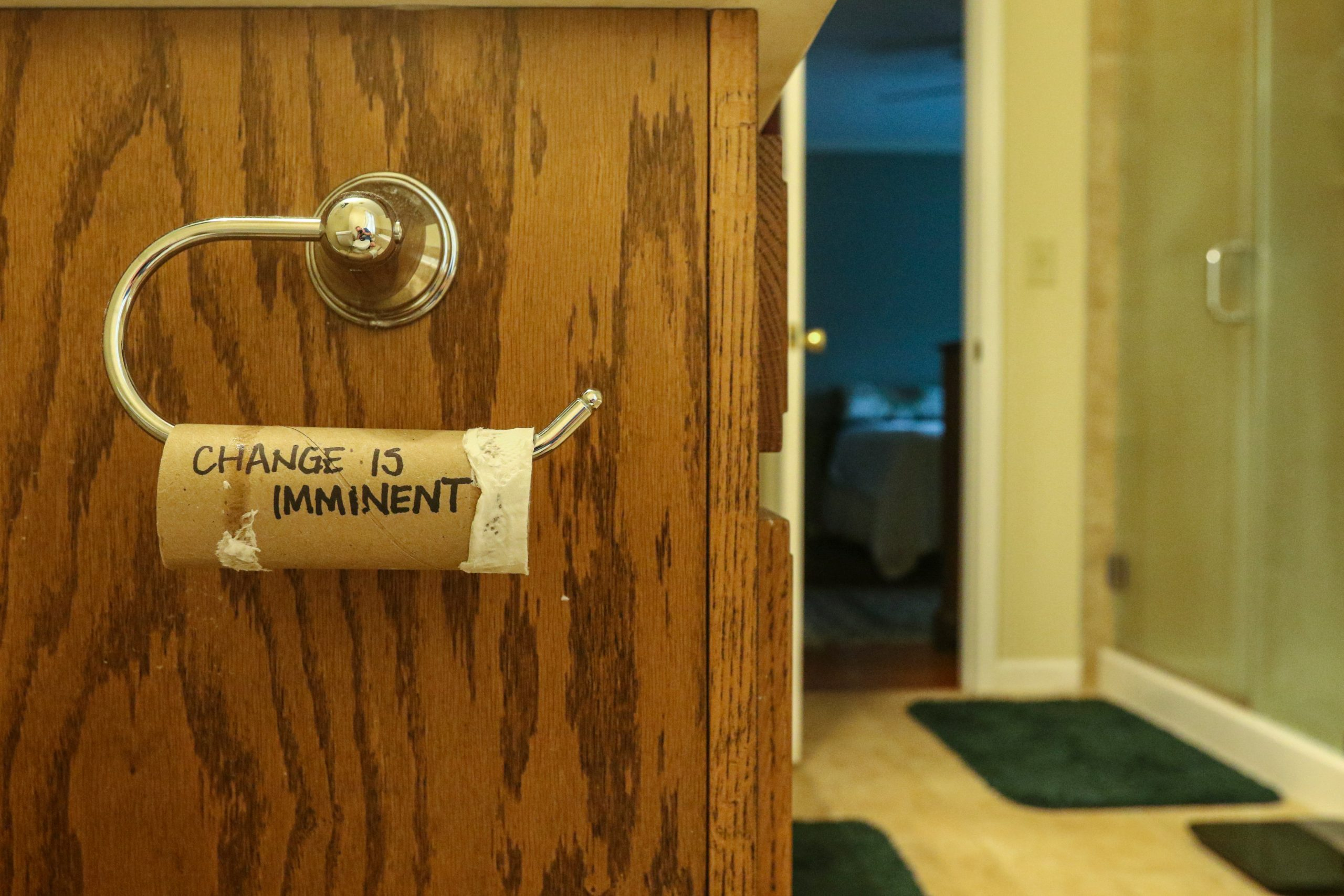Closing Learning Gaps Post-Pandemic
The COVID-19 pandemic has had a major impact on the way we live, work, and learn. Schools were forced to close their physical doors and shift to virtual or hybrid learning, causing disruptions and adjustments for students, teachers, and parents alike. The sudden shift has created learning gaps and challenges that may continue to affect students well into the future. As we begin to move past the pandemic, it is crucial that we address these learning gaps and strive towards closing them. In this article, we will explore the impact of the pandemic on education and discuss strategies for closing learning gaps post-pandemic.
The Effects of the Pandemic on Education
The pandemic has affected every aspect of education, from curriculum and instruction to student engagement and mental health. With schools closing and transitioning to virtual or hybrid learning, students have faced significant disruptions to their education. This disruption has been especially challenging for vulnerable populations such as low-income students, students with disabilities, and English language learners.
Learning Loss and Achievement Gaps
One of the most concerning effects of the pandemic on education is the potential for widespread learning loss and widening achievement gaps. Many students have struggled to engage in virtual learning and may have fallen behind in their studies. The lack of face-to-face instruction and support from teachers and peers has also impacted students’ learning and academic progress. This has the potential to create long-term consequences for students, especially those from already marginalized communities.
Social and Emotional Impact
The pandemic has not only affected students’ academic progress but also their social and emotional well-being. Isolation, loss of routine, and uncertainty have taken a toll on students, leading to increased stress, anxiety, and depression. This, in turn, can have a significant impact on students’ ability to learn and succeed academically. It is essential to address these social and emotional needs and provide support for students during this time.
Closing Learning Gaps Post-Pandemic: Strategies and Approaches
The pandemic has highlighted the need for comprehensive and targeted strategies to address learning gaps and ensure that all students have access to a quality education. As we look towards the post-pandemic world, here are some approaches and strategies that can help close learning gaps and support student success:
Evidence-Based Interventions and Instruction
Interventions such as tutoring, small group instruction, and targeted interventions for struggling students have shown to be effective in addressing learning gaps. Schools can also implement evidence-based instructional practices such as explicit instruction, formative assessments, and the use of high-quality curriculum to support students’ academic progress. It is crucial to identify students’ specific needs and provide targeted support that is backed by research.
Personalized Learning and Flexible Instruction
Personalized learning and flexible instruction are essential in addressing the diverse needs and learning styles of students. As we have seen during the pandemic, one-size-fits-all approaches do not work for all students. Schools can utilize technology and adaptive learning programs to provide personalized instruction and feedback to students. Additionally, giving students options and flexibility in how they demonstrate their learning can increase engagement and motivation.
Social and Emotional Support
Supporting students’ social and emotional well-being is just as crucial as addressing their academic needs. Schools can implement social and emotional learning programs that promote resilience, self-regulation, and positive relationships. Creating a supportive and inclusive school culture can also have a significant impact on students’ mental health and academic success.
Collaboration and Inclusion
Closing learning gaps and addressing the effects of the pandemic on education requires collaboration and inclusion. Schools must work closely with families, community organizations, and stakeholders to understand students’ needs and provide the necessary support. Additionally, schools must ensure that all students, regardless of their background or abilities, have equal access to learning opportunities and resources.
In Conclusion
The pandemic has undoubtedly created significant challenges and disruptions in education. However, it has also shed light on the learning gaps and inequities that have long existed in our education system. As we move towards a post-pandemic world, it is crucial that we address these issues and strive towards closing learning gaps. By implementing evidence-based interventions, providing personalized and flexible instruction, and supporting students’ social and emotional well-being, we can ensure that all students have access to a quality education and have the opportunity to reach their full potential.










